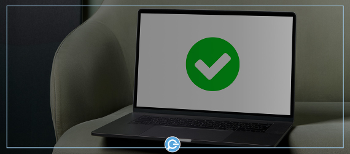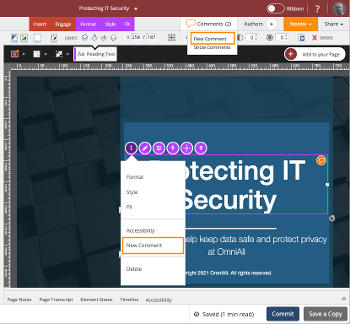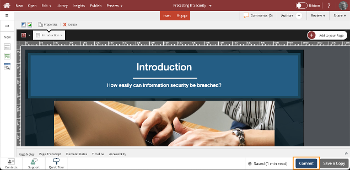Our client teams range from small one and two-person teams right up to teams of more than 100 authors around the world.
Not surprisingly, our larger client teams typically have authors with a wide range of authoring skill and experience levels.
Some authors have strong backgrounds in multimedia, web design and other authoring tools and they really dig into the tool set and use its advanced features. But most larger teams also have authors who don't have that background, sometimes coming into the tool with just PowerPoint experience as their starting point.
Here are some approaches our larger client teams often use to help their users work quickly and easily in our tools.







Comments ( 0 )
Sign in to join the discussion.